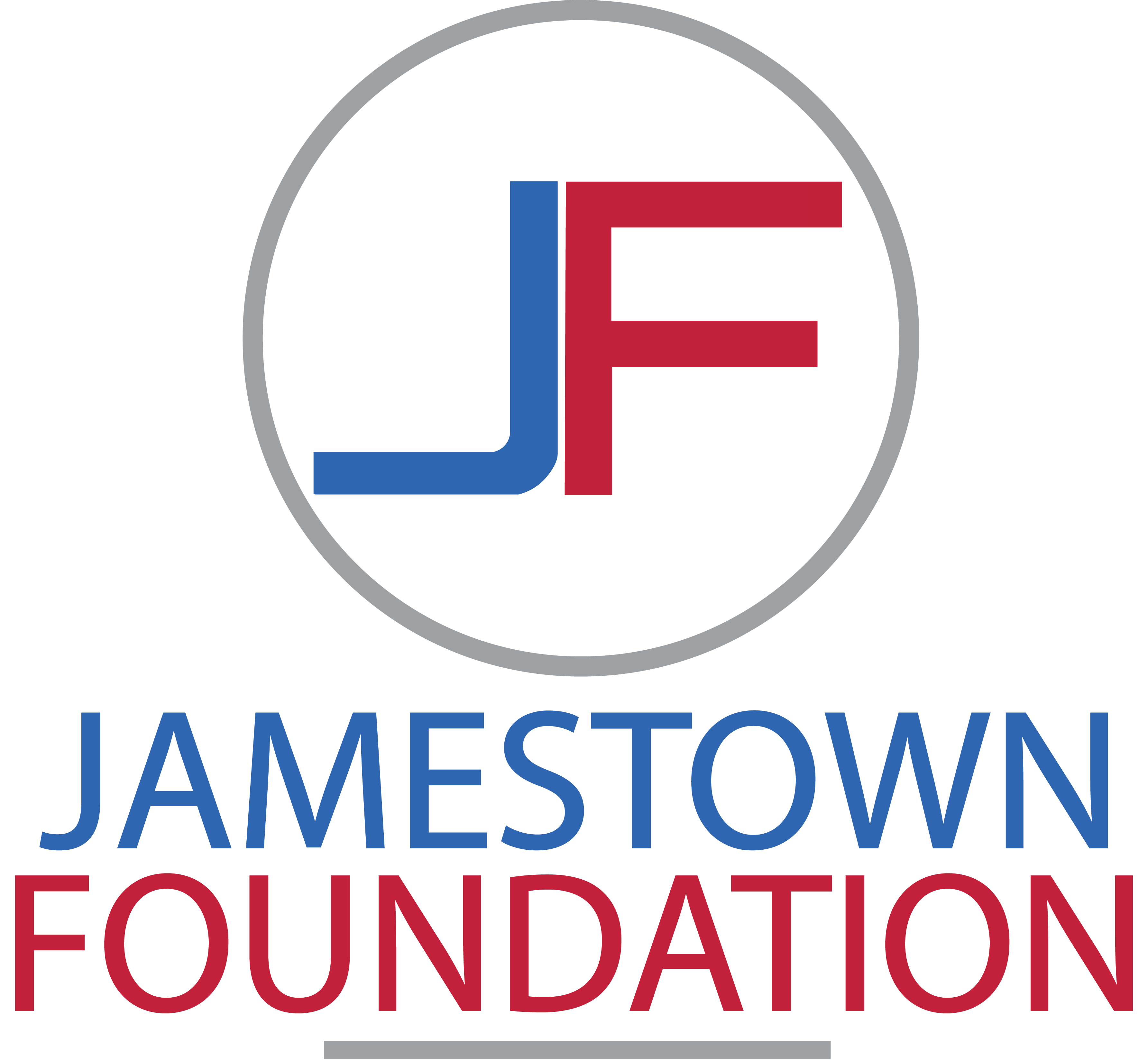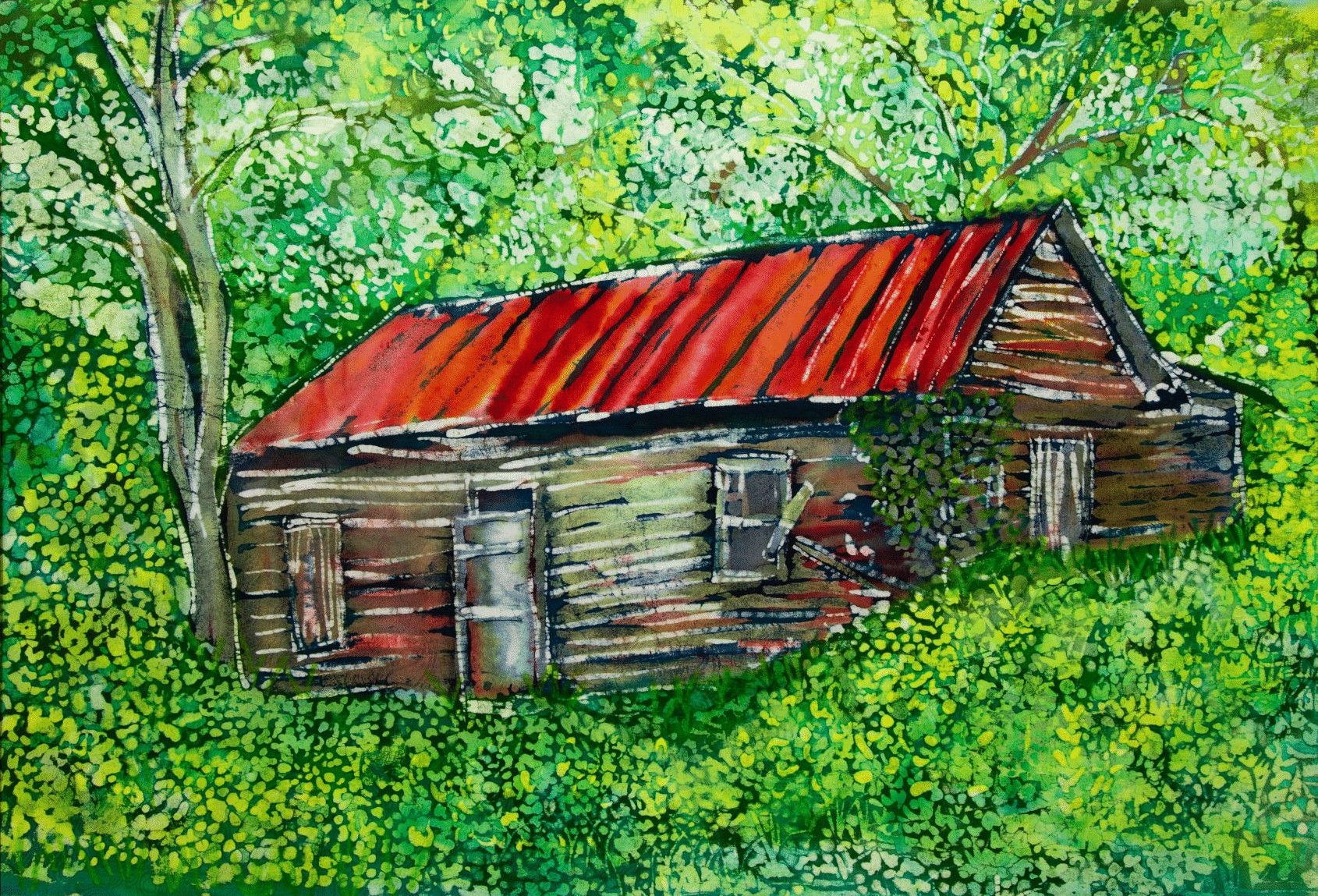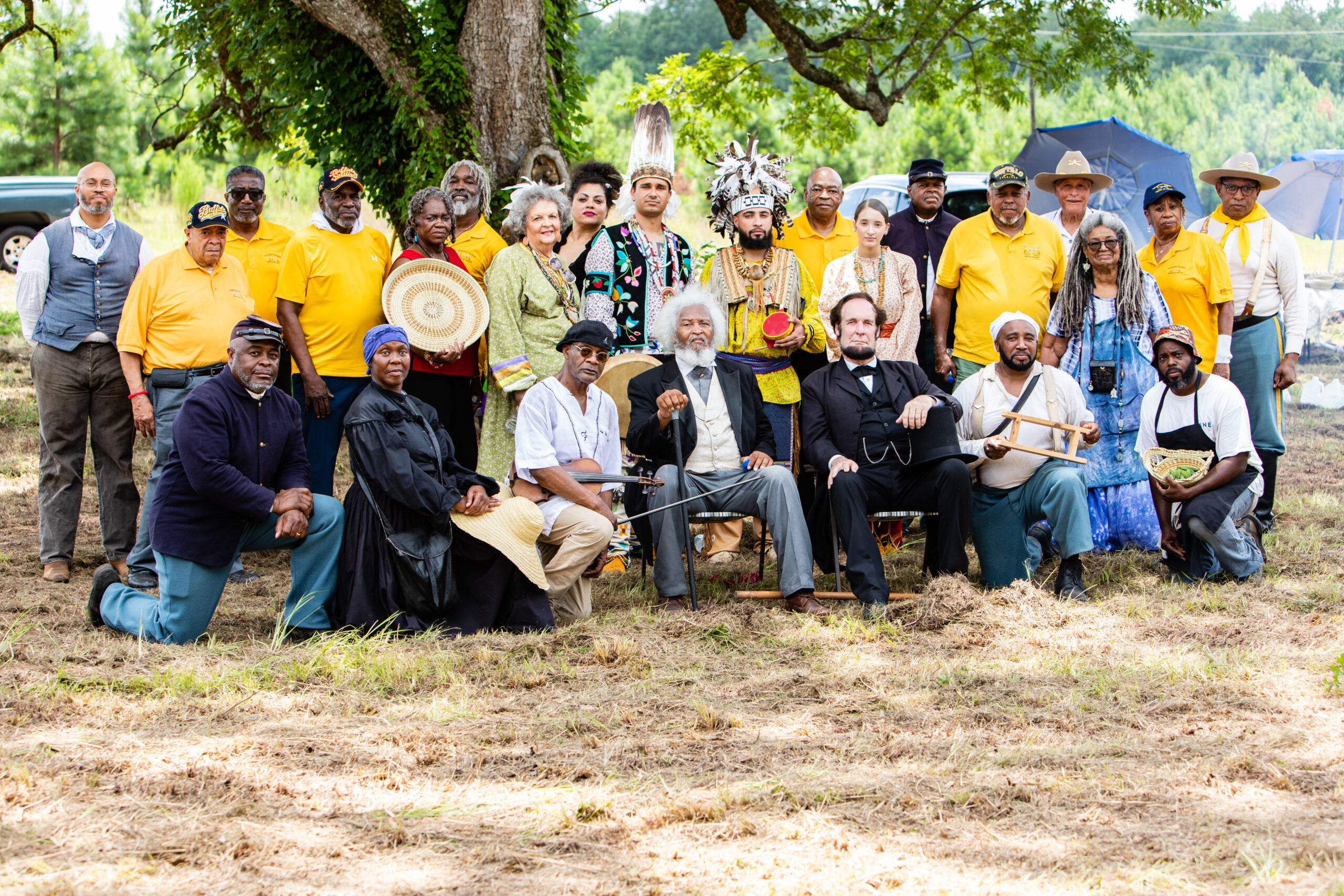Legacy richly contributes.
The vision of Jamestown Foundation is to use the land purchased by Ervin and Nora James and descents to be a living repository for teaching reconstruction era history, while serving as the bridge to the future by championing bedrock beliefs of independence and generational wealth through landownership.
Our Mission
The mission of Jamestown Foundation is to seek to broaden perspectives on the way of life during the reconstruction era, lending itself to understanding the knowledge and aspirations of free Blacks that is very much rooted in the growth of America.
Preservation of this once thriving community is critical to understanding the reconstruction era, which is often not fully chronicled from the former enslaved perspective. Black Furniture Maker Robert Watson, Jr. encapsulated it best in his statement, “The enslaved people might have come here empty-handed, but they did not come empty-headed.” This 13-year period proved to be one of freedom of choice and educational awakening for the enslaved to gain their humanity and identity that could potentially lead to generational wealth.
The Jamestown Story
The reconstruction era of the United States can be considered the start of the American odyssey period to African Americans. During this period, they were able take part in those rights set-up for white citizens – voting, actively participating in the political process, acquiring land, respectable employment, and the use of public accommodations. All these things would contribute to being considered a full human, who to would seemly live a fully integrated life into American society.
Jamestown, an African American community located in the Pee Dee region of South Carolina, served as a testament that being afforded the same opportunities African Americans can be successfully self-reliant, with the community flourishing for over 70 years, 1870 until the 1940s. Such institutions as Jamestown Cemetery, Summerville Methodist Church (renamed Bowers Chapel), and the Summerville Rosenwald Elementary School served as the cornerstones of this society. The reconstruction settlement was the 1870 vision of Ervin James, who purchased 109 acres, influenced his five sons and son-in-law to purchase 137 acres, totaling 246 acres for which he left his descendants. His desire was for his heirs to be able to live independently and free of debt and ownership by another man.




